| This is a good time to see Foxes. This years youngsters are off on their own, out exploring and have less fear of people combined with an abundance of curiosity. It was with this thought that I set off early this morning and, no sooner had I set up my camera, I saw my first Fox. Unfortunately the downside of this time of year, was the amount of vegetation around - more so at this time due to the warm weather combined with some wet spells, creating a large amount of long grass. The Fox was, for the most part, hidden as it strolled past in the warm sunshine and I soon lost sight of it. I waited in the hope I might catch another glimpse of it, but the distance racket made by half a dozen Magpies suggested it had moved further away. Magpies are a great way of finding predators, particularly Foxes so I followed them to their obvious mobbing. No sooner had I reached the spot, then they had moved further back the way I had come, so I followed them again but they moved away once more! I decided to give up the chase and found a spot where I could train my lens on the only open area I could find so at least, if a Fox did go by I could hopefully get a reasonable shot of it. I waited over thirty minutes and with no more Magpie alarm calls and a relaxed looking Rabbit feeding in the open, I figured that was it. I reached down and picked up my camera bag, slung it over my shoulder, looked up and saw a Fox (image below) just watching me from behind a bush. I was able to take one photo before it darted away. |
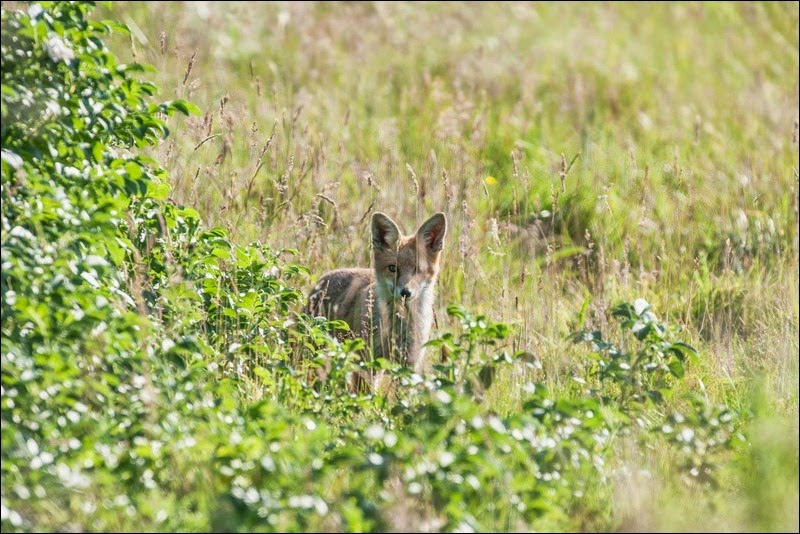 |
| Figuring that it would might return if I waited long enough, I made myself comfortable. Unfortunately, I hadn’t brought my camouflaged netting so I was a little exposed, with just the trees to my back breaking up my silhouette. Just as I was once again thinking that was it, I saw to my left movement through the heavy undergrowth. It was the Fox, sitting soaking in some sunshine and I only saw it move because of the flies that were making it shake its head in irritation. |
 |
| The combination of the flies and my taking a photograph was enough for it to move off into the nearby bush. Once again it was a case of waiting and hoping it would appear once again and sure enough, another short wait and it walked across the open section I had originally trained my lens on. It was clearly on the look out for rodents in the undergrowth and despite it being in a bit more of an open area, was still being largely hidden by the grass. I tried to be a bit less liberal with my shutter action, as the noise kept getting its attention and I didn’t want to make it uncomfortable. |
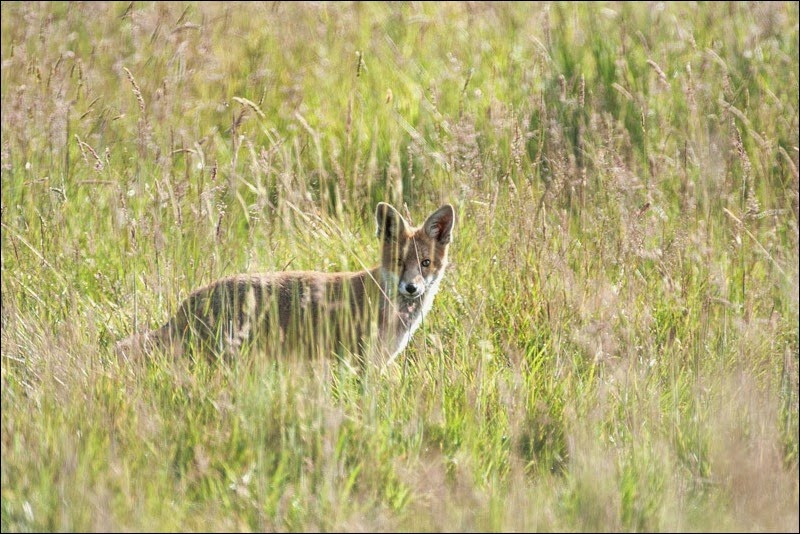 |
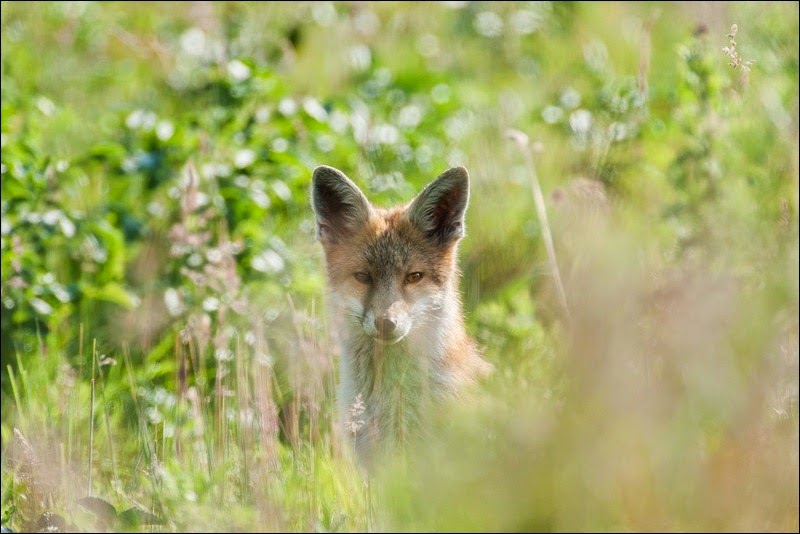 |
| This paid off as, after a while, it made its way closer and closer to my position and I set my camera option to ‘silent’ mode. Not exactly silent, but not the obvious ‘clunk’ of the normal sound and sure enough, it had no effect at all on getting its attention. It still looked in my direction every now and then, but with it moving closer and seemingly more interested in what was around, suggested it wasn’t concerned by my presence or the noise of the shutter. Finally, it moved out into an open area close to me and I was able to get some unrestricted images. Unfortunately, the strong lighting coming from behind and right did not make for ideal looking photographs – far too much contrast, but that was second to having such a close encounter with one of my favourite animals on a lovely warm, sunny day. |
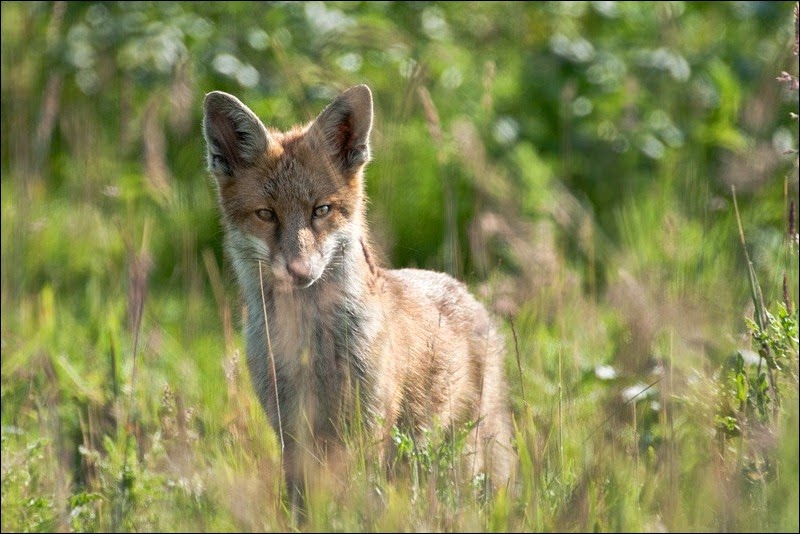 |
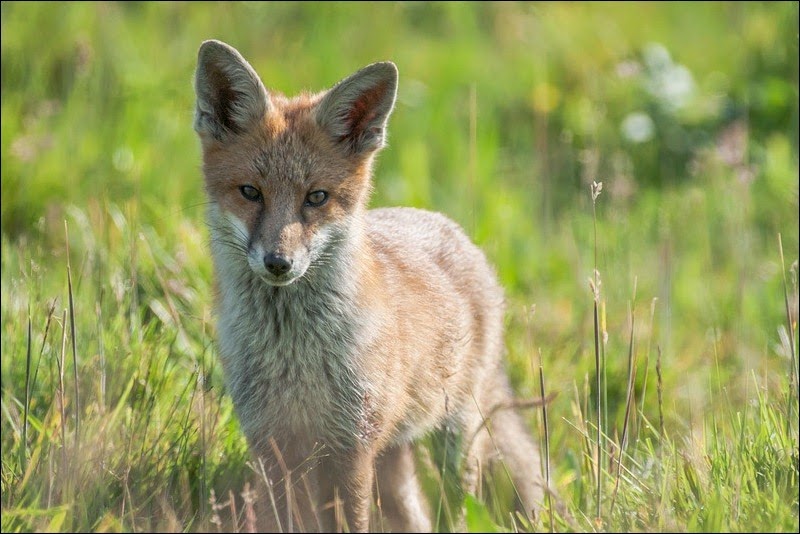 |
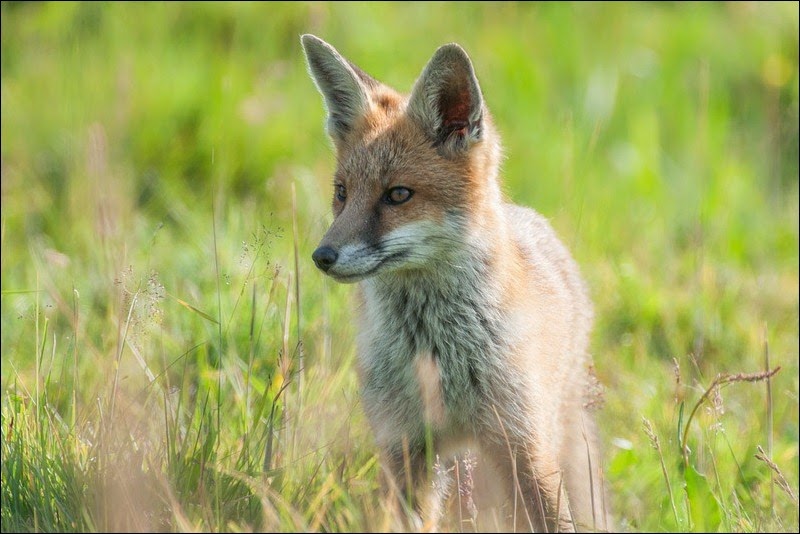 |
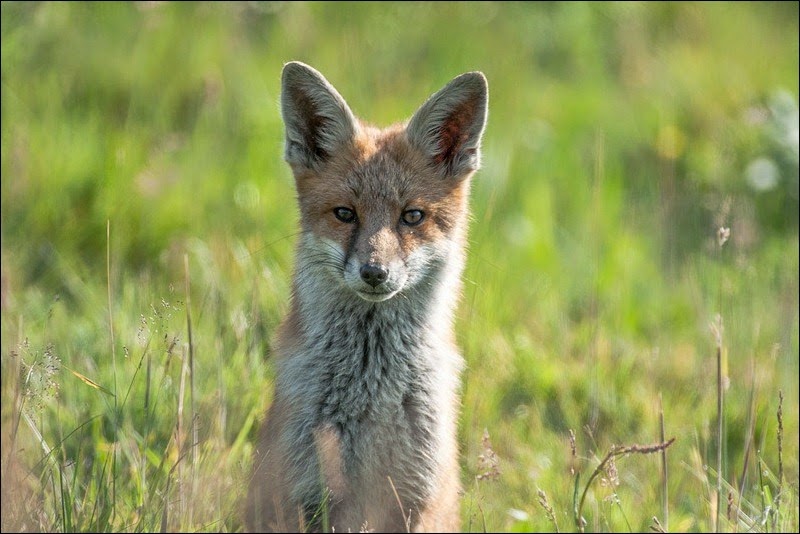 |
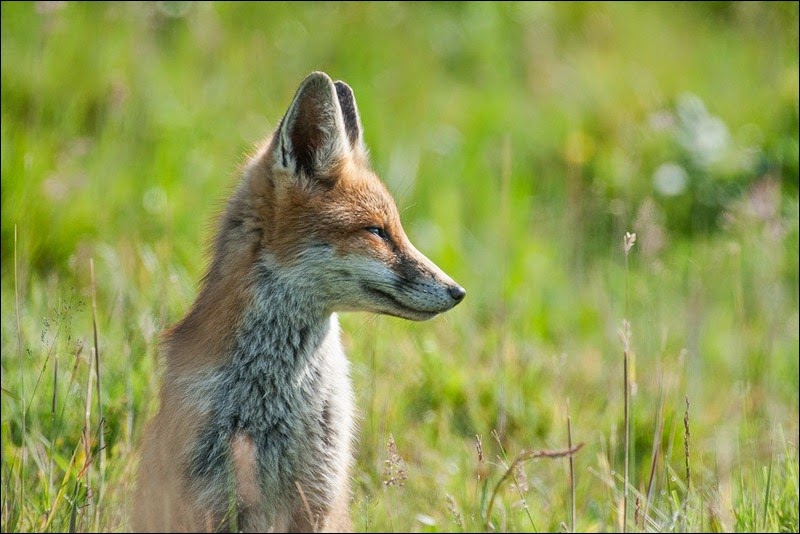 |
Saturday 12 July 2014
Sunday 6 July 2014
Changing years & Changing fortunes
| In the relatively short time I have been photographing wildlife, I have seen many changes particularly in the changing fortunes of the wildlife – I don’t think many of us think about the animals around us and their daily struggle for survival and our impact on them. With every new year, as well as looking for new places interest, I have a dozen or so locations of which I have regularly visited and it is at these areas I find that rarely is one year the same as the previous in what I will see. The reasons no doubt vary – changing habitat, disturbance, disease, seasonal changes in the weather or just a natural changing balance of nature. From a photographic point of view it means no guarantees on what I can shoot on a yearly basis and so take advantage of any unusual influx or increased population of an animal. The below choice is not exclusive or necessary typical nation wide, rather from my own experiences of the animals I have or would usually see or seek out. |
 On the way up | Grey SquirrelNo more obvious of the changing fortunes is the Grey Squirrel. Nine years ago when I started back into photography shooting wildlife, the Grey was in the process of finishing off taking over the Native Red Squirrel in this area. The woods where I once used to watch the Reds chasing each other around the trees were now replaced by these foreign invaders and have grown in numbers. Of all the mammals around this area this is the easiest to find and see. So, although on the way up in numbers, it’s probably not the most popular success story by most. |
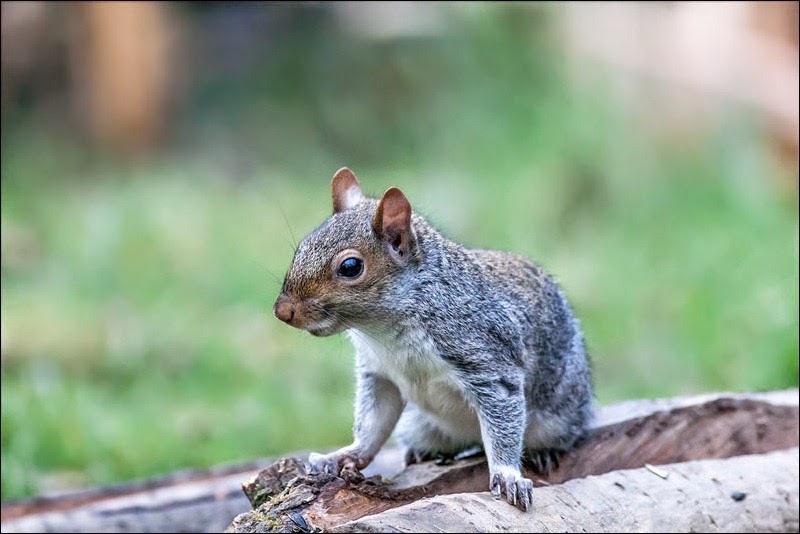 |
Red KiteWhen I was growing up, the Red Kite was very rare. My trusty old ‘Birds of Britain and Europe’ book had them living in only a small area of Wales. Once very common, it was almost wiped out through persecution by the 20th century. In 1989 around the Gateshead area of North East England it was reintroduced (as it was elsewhere in the country) with great success. Now, in this area at least, it is the most seen bird of prey and one of my favourites and I never cease to be impressed with the sight and sound of this bird. During the winter months they communally roost so you can see a dozen or more in any one area. |
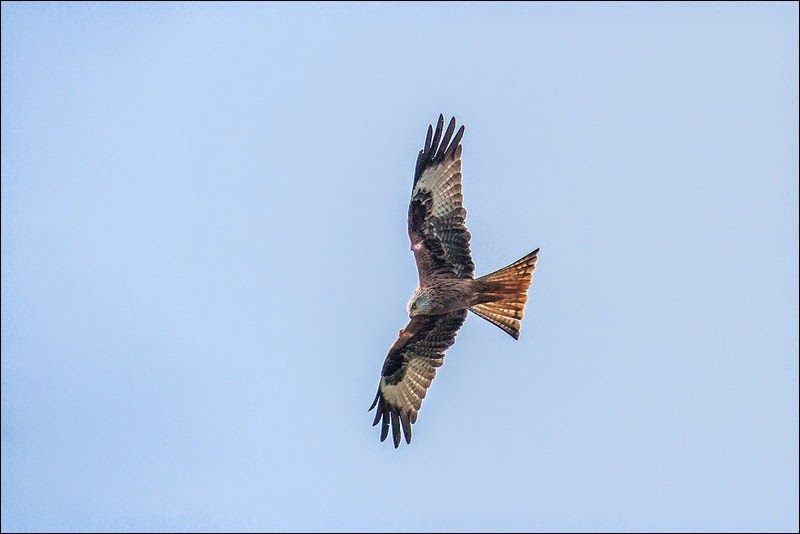 |
The BuzzardThe Buzzard, like the Kite, was also persecuted but, unlike the Kite they survived and as laws have been brought in to give birds like this some protection, this bird of prey has managed to not only survive but become what is now the most common bird of prey in the UK. As with the Kite, it was only a short time ago that I first saw one of these birds and it is also a sight to watch one gliding overhead. |
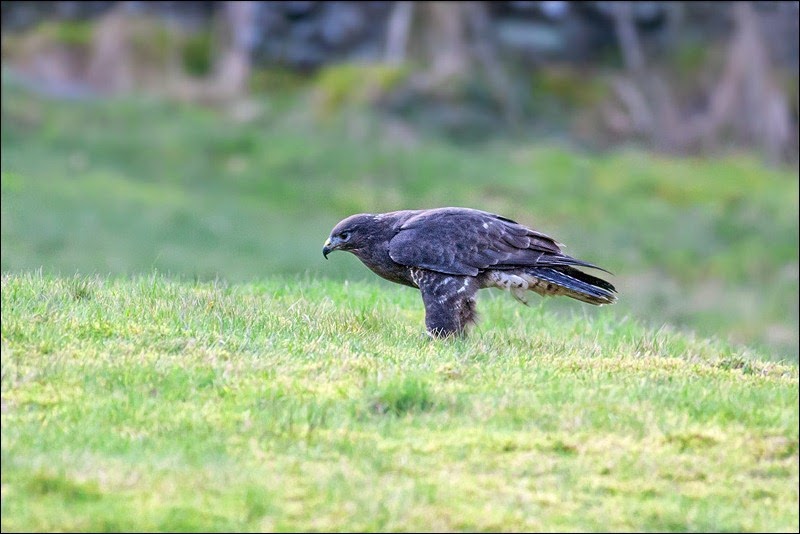 |
| | Roe DeerAt first I never saw one of these. They would have been around but I didn’t have the knowledge or experience of finding them. I’m sure during the nine year period I’m including in this post, the Roe Deer has probably increase in numbers but it’s not something I have particularly noticed. Even if you don’t see one due to their timid nature, the signs are all around that they are here and again, an animal I just love to watch. |
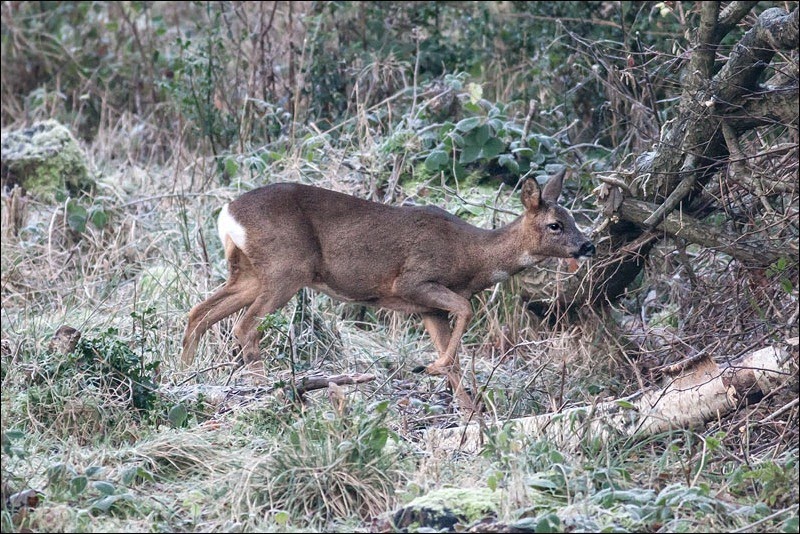 |
KingfisherPurely from my experience of this bird over recent years I have it in this section though it could belong ‘Fluctuating’ below because it is very susceptible to a bad winter of which we have had a few, but their numbers seem to bounce back. What I have found is that there doesn’t seem to be a yearly regular spot I can go to see them and even where I can, this will change on a month to month basis. Perhaps my favourite birds to watch and photograph. |
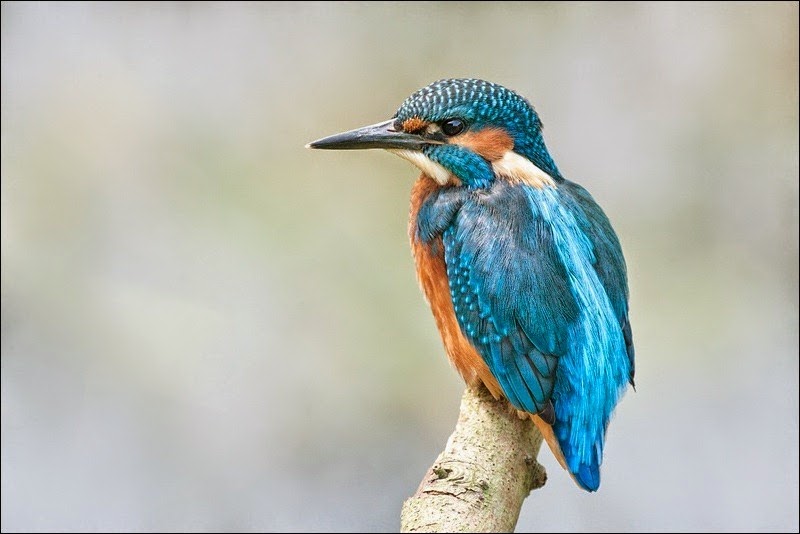 |
HeronDefinitely a consistent regular. Anywhere it seems where there is water there’s a Heron – Lakes, ponds, rivers or the coast, more than not you will see one. A photogenic bird and one that will often conveniently keep still for you although it doesn’t like you getting to close to you. It has it’s comfort zone and you can be very visible outside of that and it will ignore you, but step inside of it and off it goes. |
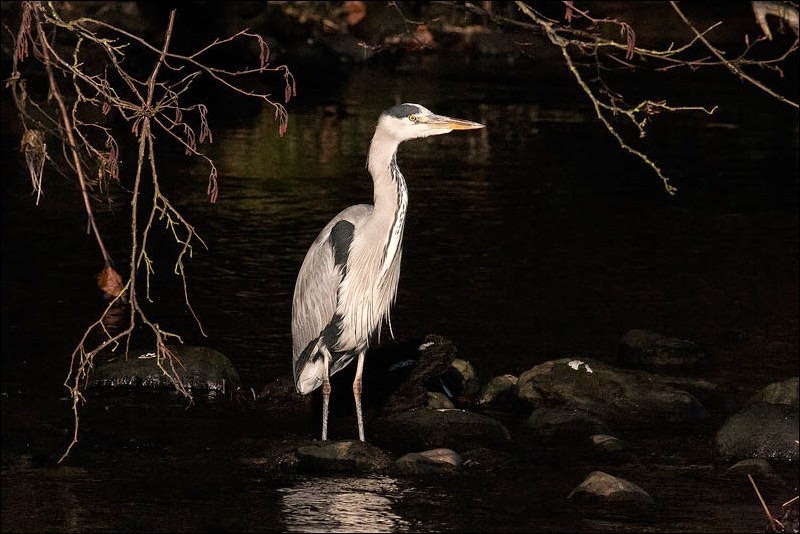 |
| | FoxBy fluctuating, I mean that these animals have been sighted by me in regular numbers for a while then gone through a lull then picked up again, though I’m sure this would be localised. The Fox some six years ago, I was practically ‘tripping over’ them wherever I went. There were places I could go were I would almost be guaranteed to see them and could do so in the middle of the day. Then they were gone. Since Fox hunting was rightly banned, it’s meant you can actually see this animal in daylight and is my favourite mammal to do so. There is something about having one look right at you – almost wolf like with those eyes – and I’ve had numerous close encounters with them that has given me that special connection with nature, which reminds me why it is I like to spend so much time out in the wilds. |
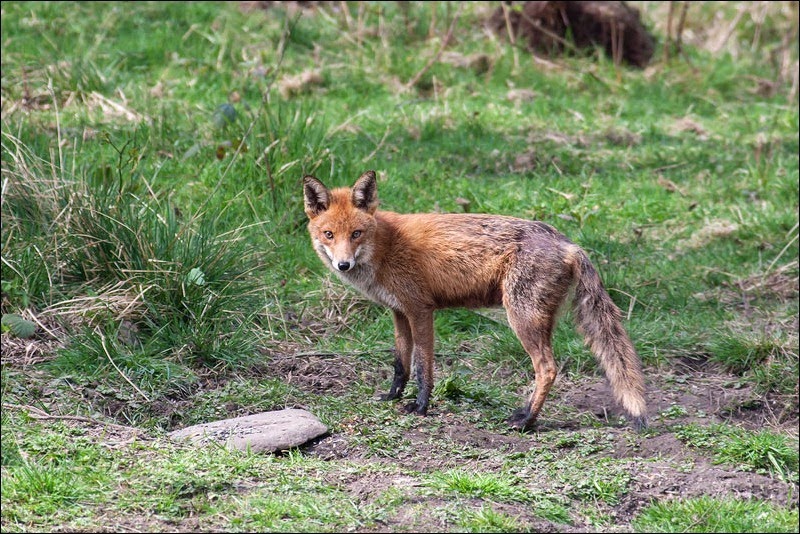 |
RabbitI’m sure the Rabbits and Foxes lives are intertwined in their numbers. Rabbits will go through periods where their numbers are very numerous then they will go into decline and alongside this, the number of Foxes will correspond with this since they prey upon them. I think due to their ability to multiply however, Rabbits can gain their population much quicker. |
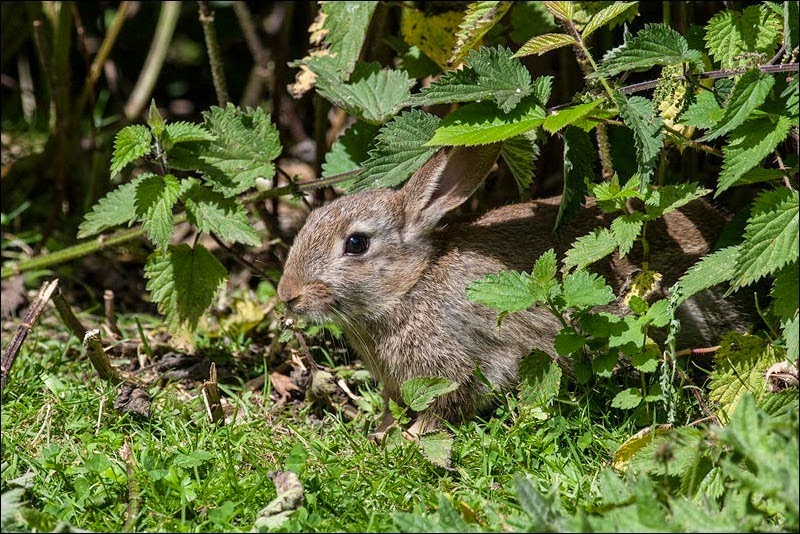 |
Sand MartinI’ve seen Sand Martins every year but their numbers seem to vary on their ability to find suitable nesting areas and in recent years, at least the areas I visit, these have been fewer in number. In the two most noticeable areas that I usually visit, the sand banks have either collapsed or more eroded making it easier for predators to get to the nests within the banks. |
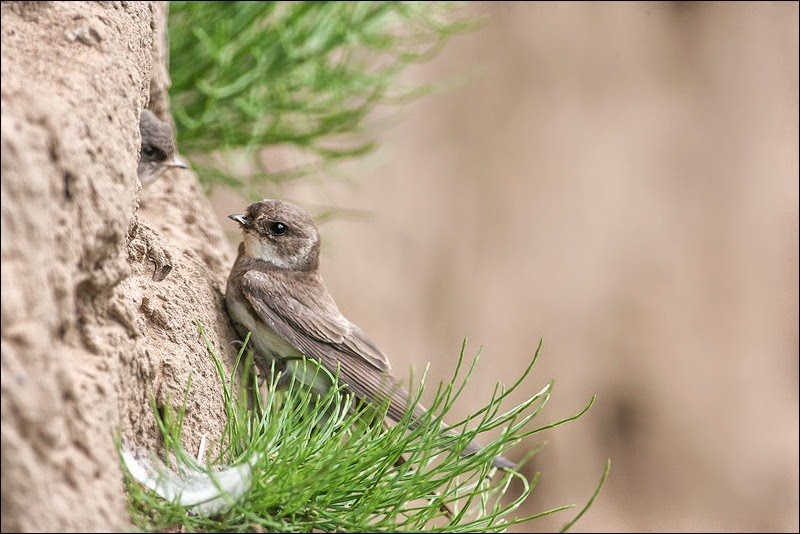 |
Short Eared OwlThis is an owl that’s largely a winter visitor and their visiting numbers will greatly depend on the severity and type of the winter otherwise they will stay either further north or south. Three to four years ago, they were found in large numbers a a number of locations, the past winter they were far fewer to be seen. There numbers also depend on the prey around so a good year for voles and mice will help keep the numbers up. |
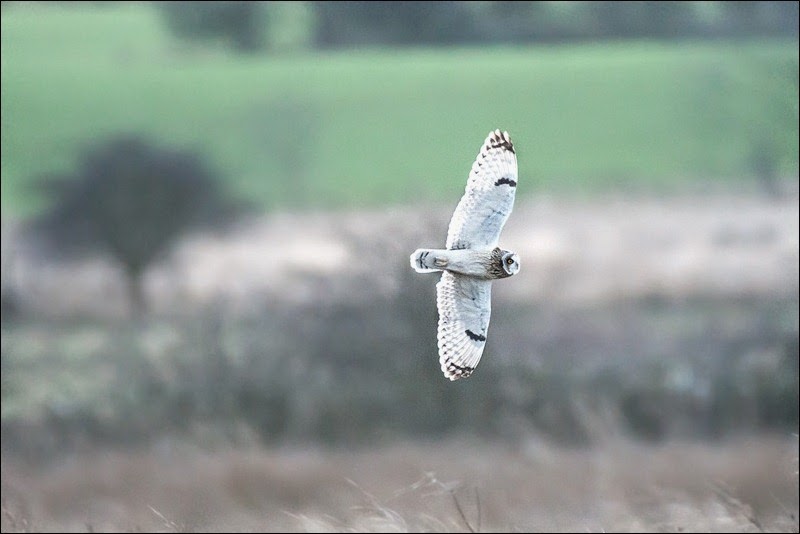 |
 On the way down | KestrelWhen I was growing up the Kestrel was the most common bird of prey in the UK and one I would regularly see – the hovering Kestrel is a very distinctive sight, in fact, apart from an Osprey I saw on a family holiday in Scotland, I had seen no other bird of prey until many years later. In the last year I’ve had four sightings of them, I previously could almost guarantee to see one when I went out, but not now. Hopefully it’s not a permanent change of fortunes for the Kestrel as I’ve always enjoyed watching this bird hunt and it would be a great loss. |
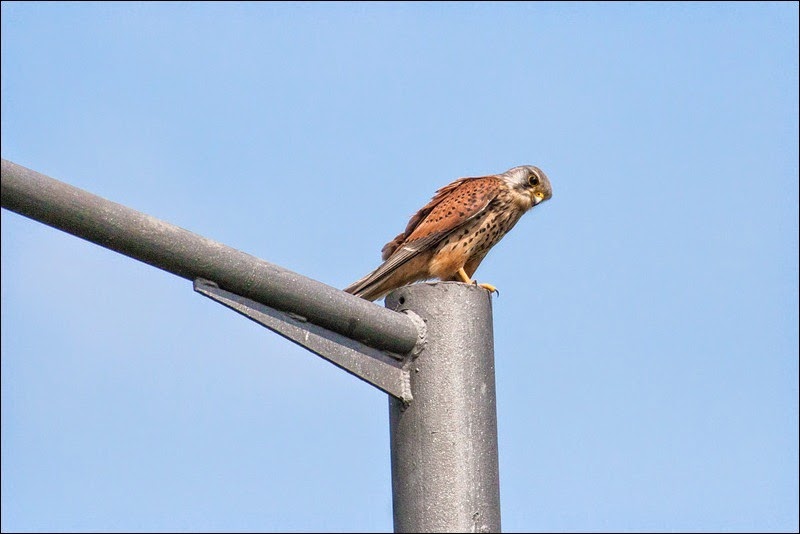 |
Red SquirrelAs obvious as the Grey Squirrels rise in fortunes, so has been the Reds demise. It didn’t seem that long ago that these idyllic little animals where the only squirrel around and very common. Along with the Fox they have been my favourite animal to watch, with their pluckiness and curiosity you can’t help but love them and they are so much better looking than the Grey – their ultimate reason for their quickly vanishing from our woodlands. Unfortunately, I haven’t seen one in two years and unlikely, at least in this area, that I'll see one again! They still have a refuge further up in Northumberland and hope to spend some time later photographing them their before they disappear from there too. |
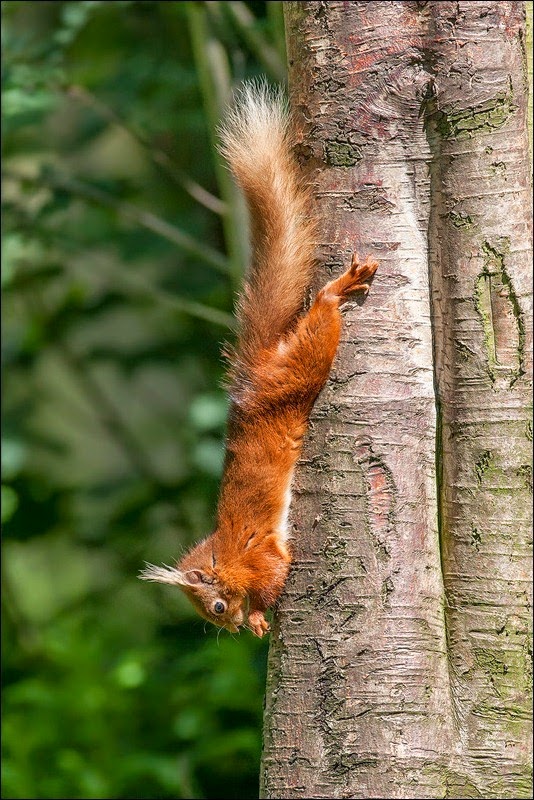 |
PuffinDespite seeing them in as apparent large numbers as usual whenever I’ve visit the local Farne Islands, they are on the decrease, they say due to the seas warming and so the loss of their main diet of Sand Eels. If this is the case, much like the two animals above, it would be a huge loss. As with those two, the Puffin is a great animal to watch and like the Red Squirrel, seems to have it’s own special character. |
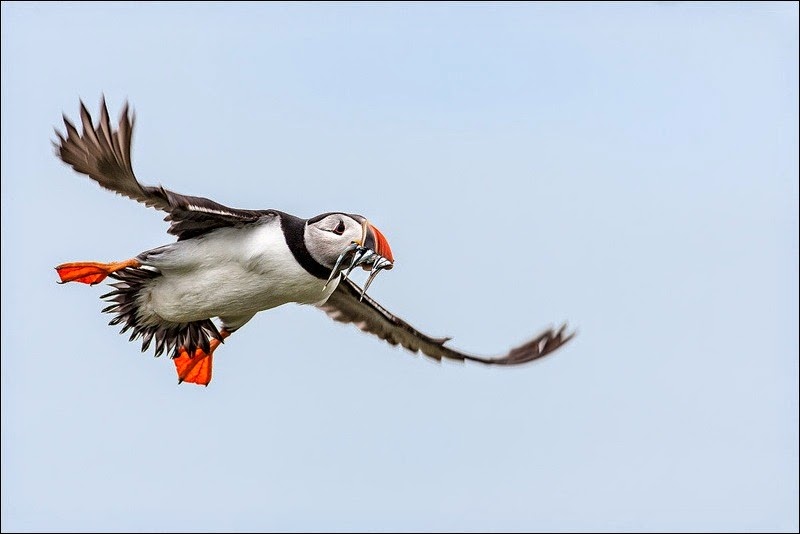 |
| I’ve added two other animals under no particular grouping, the Otter and Sparrowhawk. Technically both are supposed to be thriving though I rarely see either. The Otter is a success story, once very rare due to the pollution of the rivers in this country, now that they are much cleaner they are now found all over the country, even in the local Tyne River, once extremely polluted due to the shipping industry. Apparently they can be found under the city lights themselves, but being nocturnal, are seldom seen unless you’re lucky. My typical sight of a Sparrowhawk is seeing shoot past in a wood as it chases its prey or I’ve disturbed it just after making its kill. Their signs of a kill are common – just a load of feathers of a pigeon which it would have then taken off with. To get a photograph of one is even rarer than seeing it due to living in the woodland and rarely keeping still or out in the open. Again, this is just a few of the most noticeable animals in recent years and there are others such as Barn Owls which I haven’t seen for a while and woodpeckers both Green and Great Spotted which I see and hear more often. I wonder what differences the next ten years will see. |
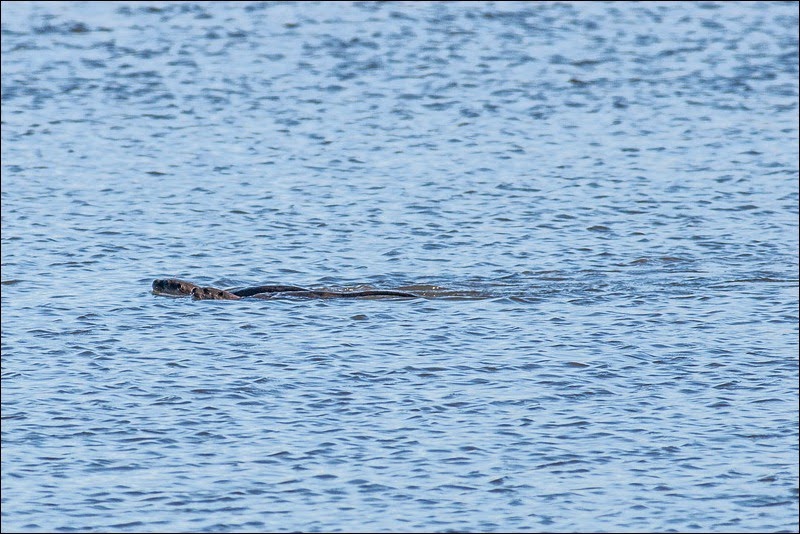 |
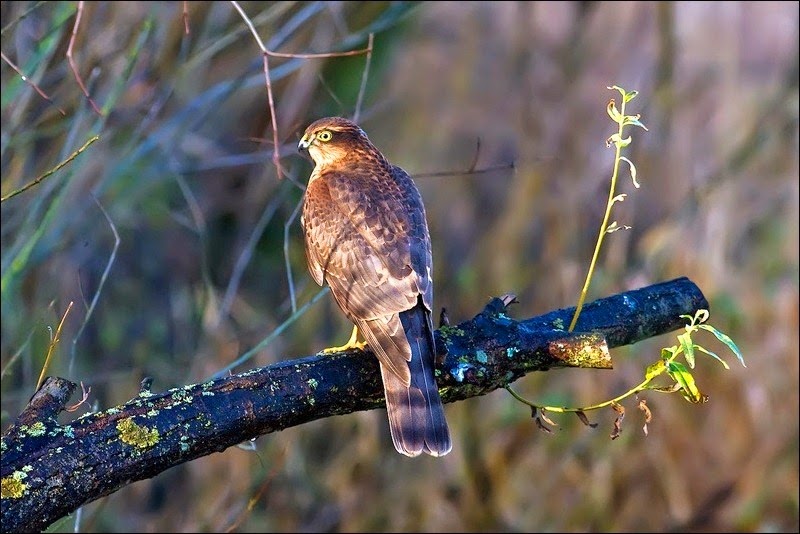 |
Saturday 14 June 2014
Squirrels in the grass
| When you think of an animal that’s interesting, cute or idyllic, the Grey Squirrel doesn’t exactly come to mind. In the last ten years, this foreign invader has been steadying replacing the home grown Red Squirrel, a much more handsome squirrel which I think most would agree. I fondly remember sitting in woods in Spring and just watch Reds rushing around the tree trunks, chasing each other, stopping occasionally to lay a curious eye over me. Now that’s all gone and the Greys are here and here to stay. They don’t seem to have that same curiosity of the Reds instead they seem to either ignore you or disappear at first sight. That doesn’t mean to say they aren’t without their own charm. Sitting and watching them up close and you can see they do have their own little personality and even a certain amount of ‘cuteness’ – just. They spend a lot of their time on the ground, more so than what I have seen of Reds. Maybe that’s down to the difference in diet. This can make them a little more accessible though at this time of year the grass and foliage did a good job of hiding them when I was trying to photograph them, resulting in my having to manually focus for most of the time. The grass acted almost like water with they as Otters swimming through it. They were constantly nose down rummaging around the undergrowth looking for what I don’t know, occasionally poking their heads up barely giving me enough time to focus and shot. |
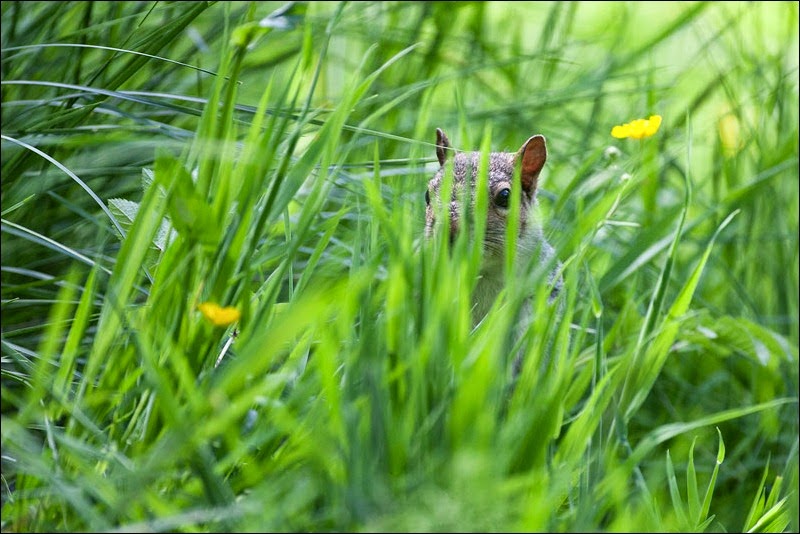 |
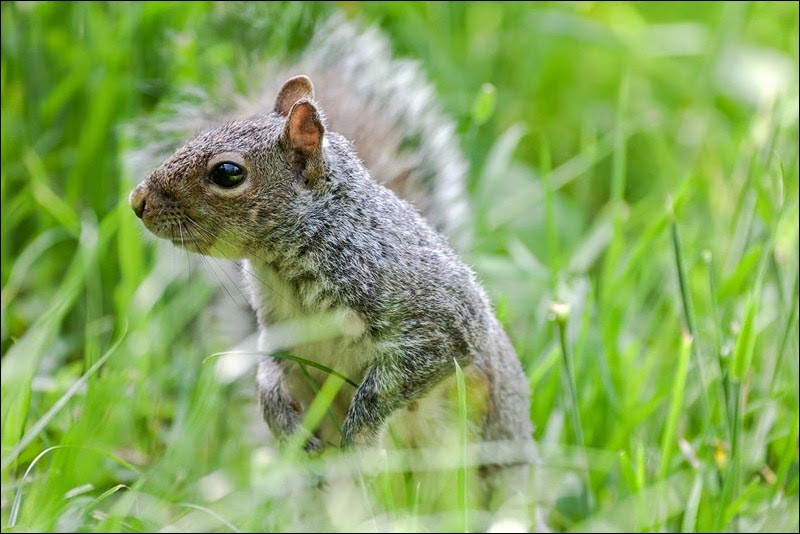 |
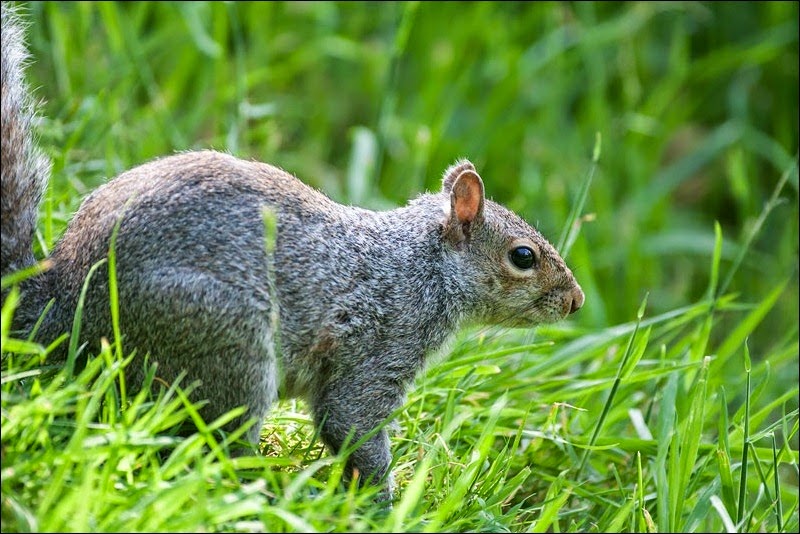 |
 |
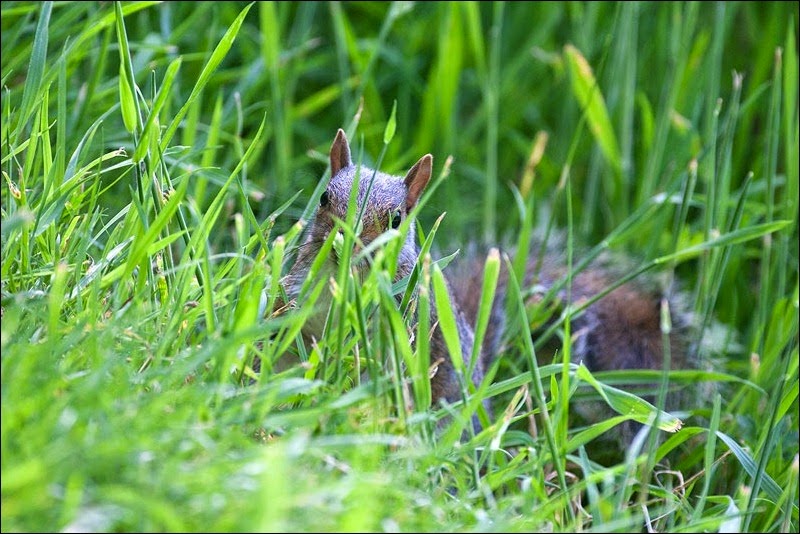 |
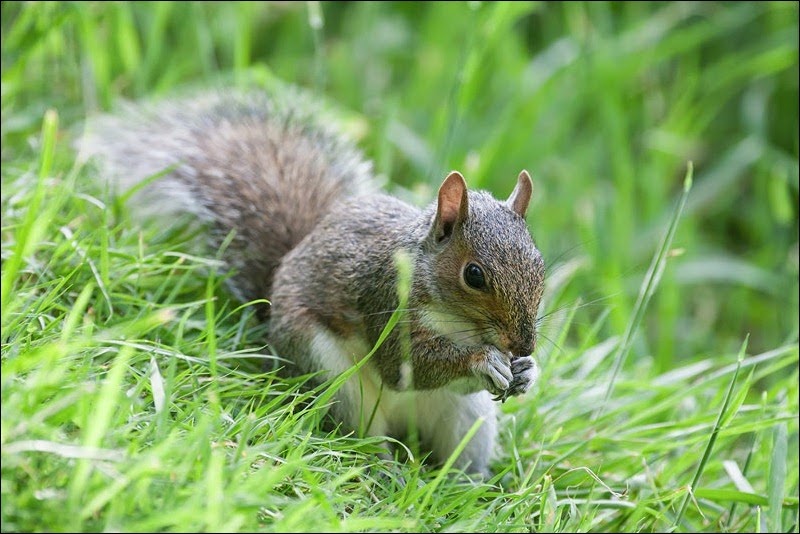 |
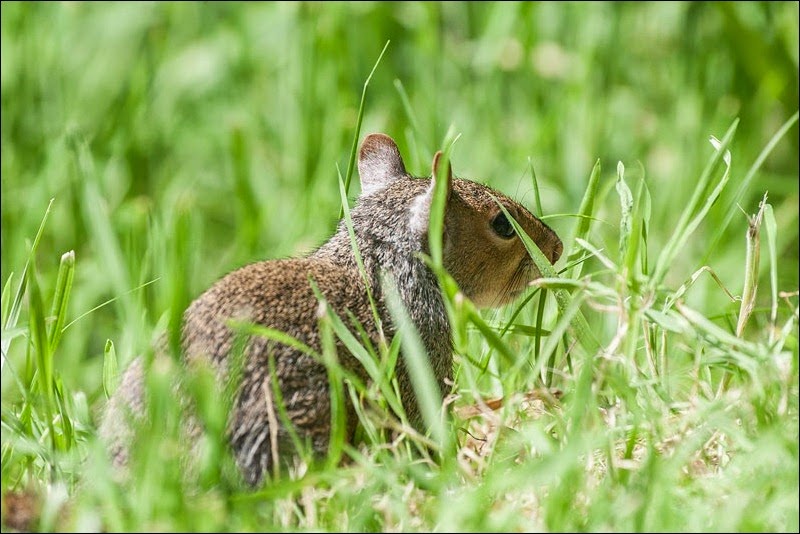 |
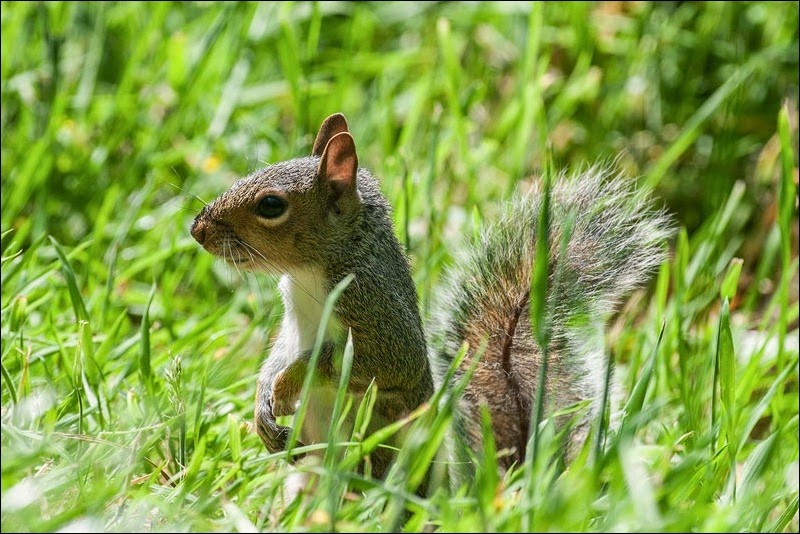 |
 |
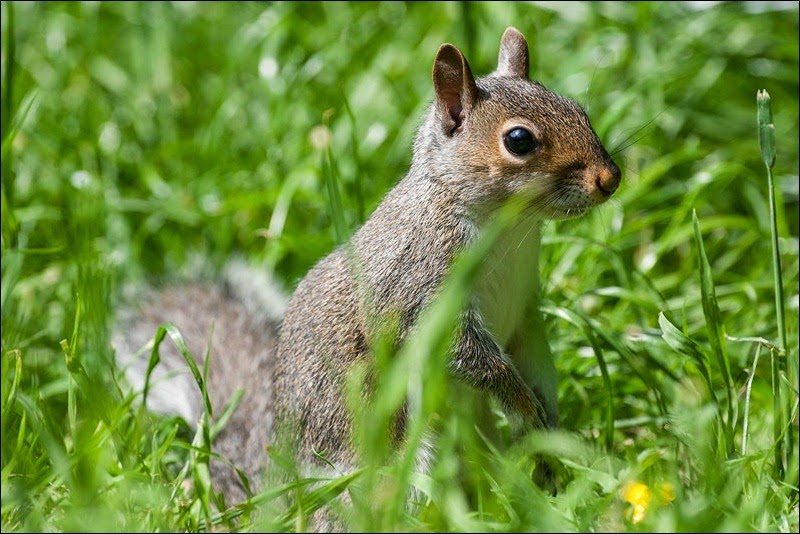 |
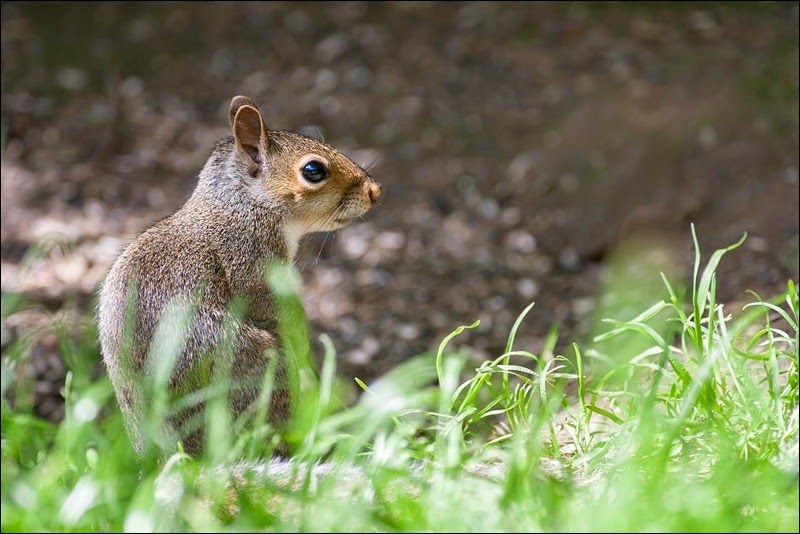 |
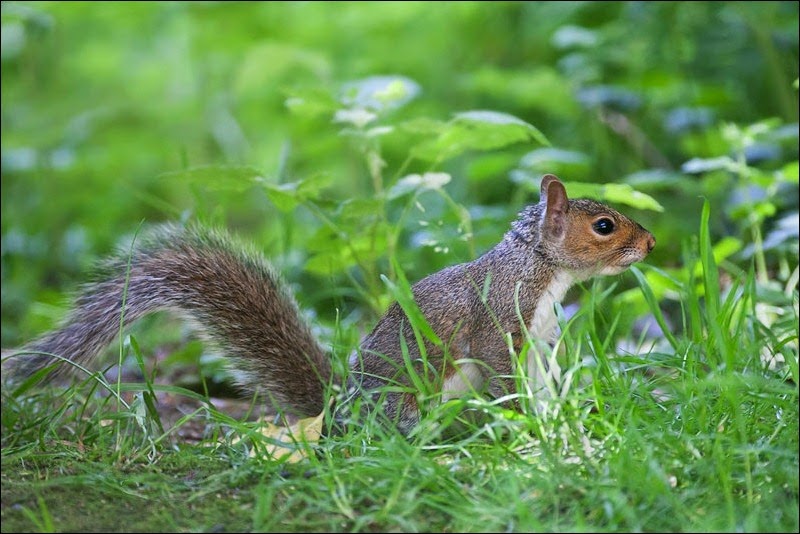 |
| In the end I had to follow the rustle of grass until they either showed a head or crossed an open section, which they tended to do so quickly, presumably concerned about any predators about. I think at the end of the day, like any wild animal, it’s nice to be able to just sit and watch them on a nice summers day, but I still prefer the Red Squirrel. Sadly, I think those days are over. |
Saturday 7 June 2014
At this time of year… past and present
| I find it interesting to look back at previous years at the same time, to see what was about and what I was photographing at any one particular time. It’s not only a record of what is about at any particular time of year, but how much as time goes by, nature changes as does my own ability to photograph it. Every now and then I like to go back through my photographs and delete older ones as I improve, though I still like to keep some of the older ones just as a record of the past. This collection goes back to 2006 when I moved into digital photography and I’ve tried to put together a couple of images from each of those past years at the same time of the year. At the beginning of June should be a busy time – life is in full swing with animals bringing up offspring and plants in full growth – but I was surprised to find it hasn’t always the most productive time for me. Present Most activity, as expected, seems to involve parents bringing up their young, birds sing loudly proclaiming their territory and insects are everywhere. Some of the images I achieved last year couldn’t be replicated. It wasn’t as simple as going to the same place around the same time and see the same bird or animal performing the same behaviour and just goes to show nature is constantly changing. |
 |
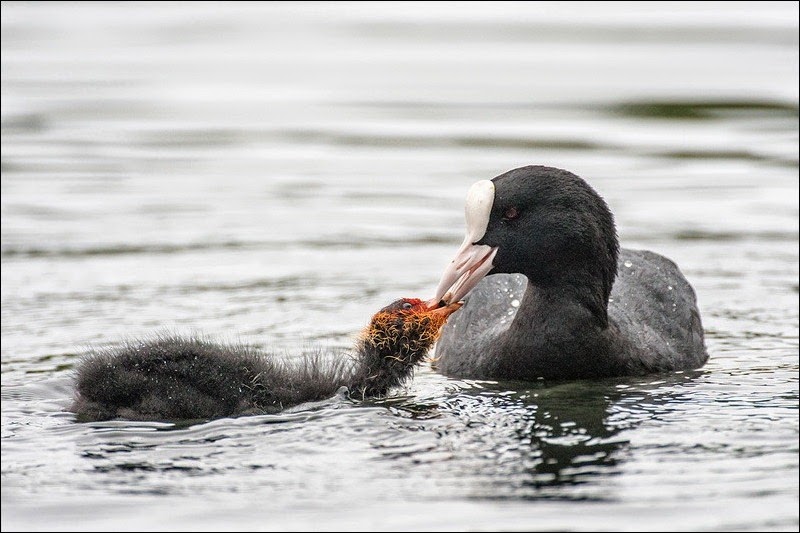 |
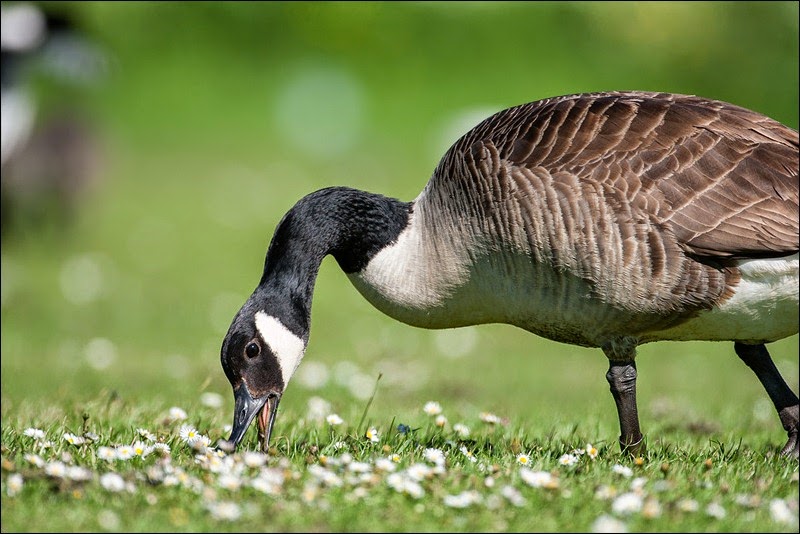 |
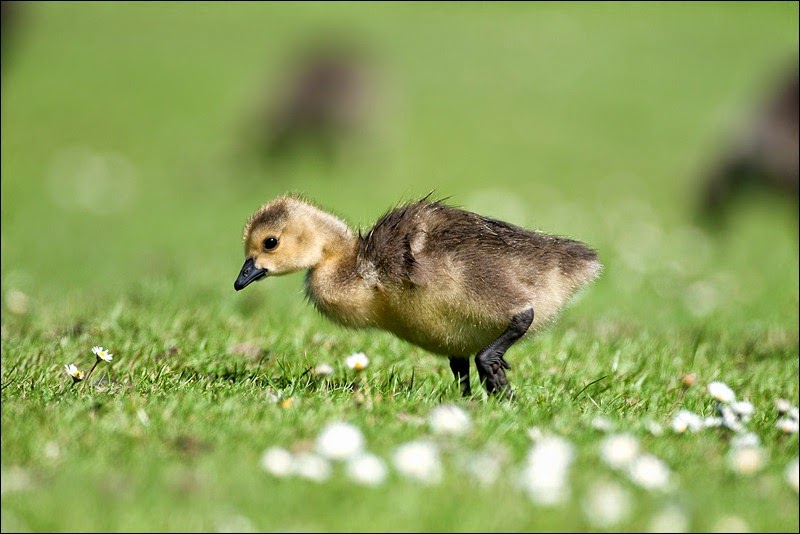 |
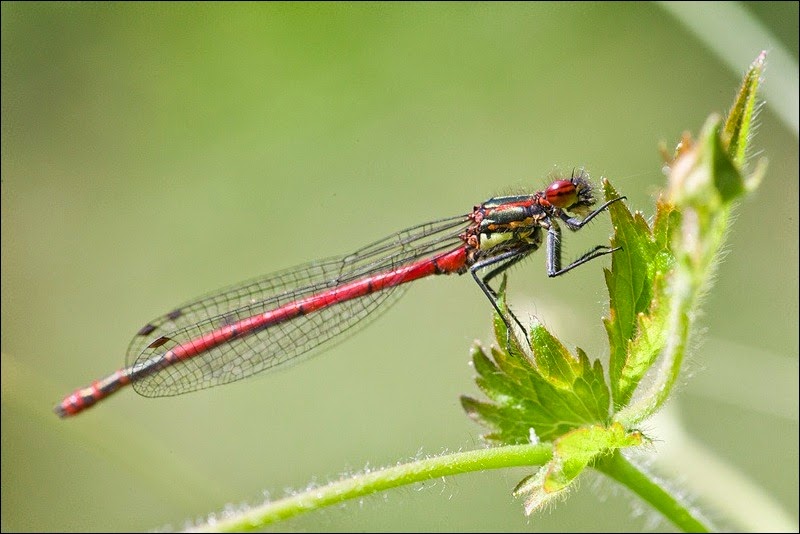 |
2013 Much the same as this year and, although my 500mm lens was being repaired, I don’t think it meant any missed opportunities as it seemed quite quiet considered the expected activity around. The Reed Bunting encounter was perfect for me as I was able to get close without it being to bothered by my presence. Mallards and Geese were a plenty with their young and again very approachable with just a 400mm lens. |
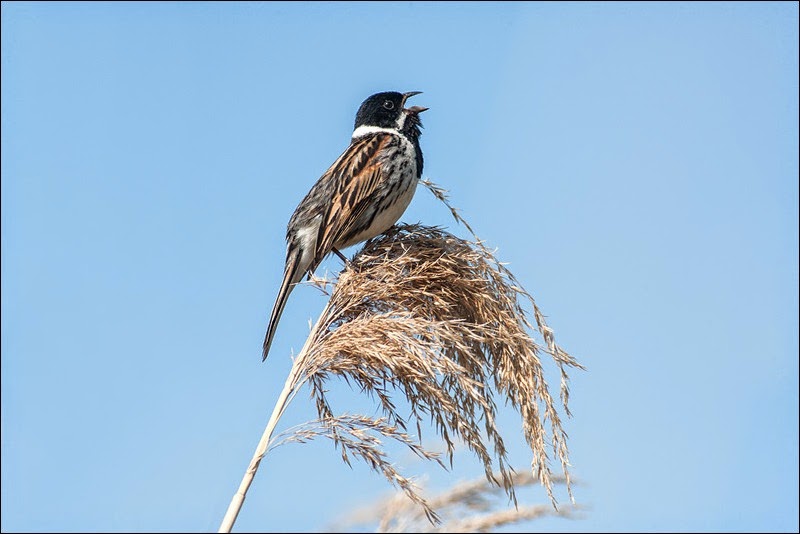 |
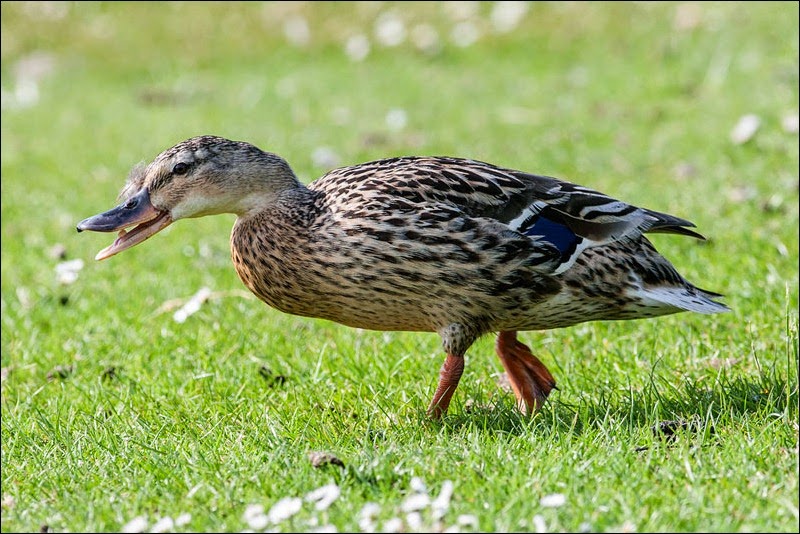 |
2012 I could find very little in the way of photographs taken this year, probably more down to my ability to get out as anything. Warblers were the theme of the day. |
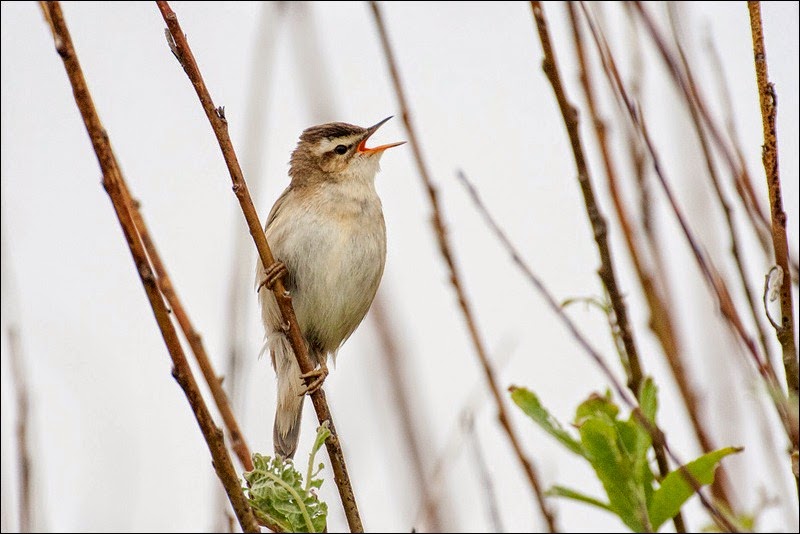 |
2011 Skylarks were in their numbers in the same place where today, they’ve been replaced by Reed Buntings. Same activity though, busy feeding their young. New camera this year – the Canon Mark III |
 |
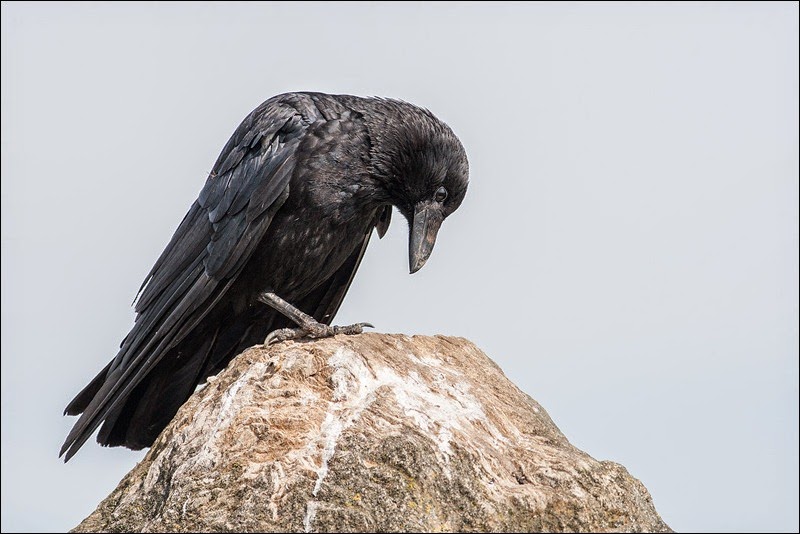 |
2010 The locations where I saw the birds in 2010, no longer have them in the same numbers or in the case of the Coots, they have gone completely due to dog owner irresponsibility at the small lake. The Sand Martins are there but in much smaller numbers, more down to the naturally changing landscapes of their nesting sites where the sand banks have eroded making a less than ideal nesting location. New lens this year, the Sigma 500mm taking over most of my wildlife photography though the Canon 400mm was still getting used as shown by the Sand Martin image below. |
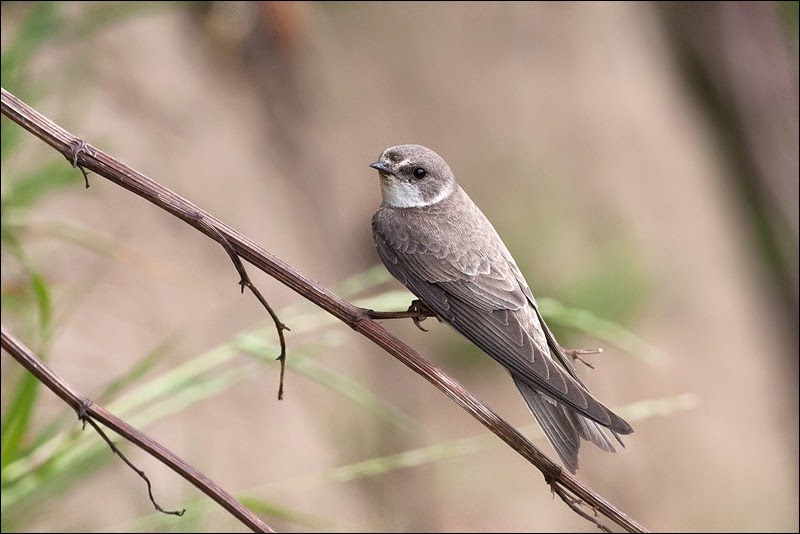 |
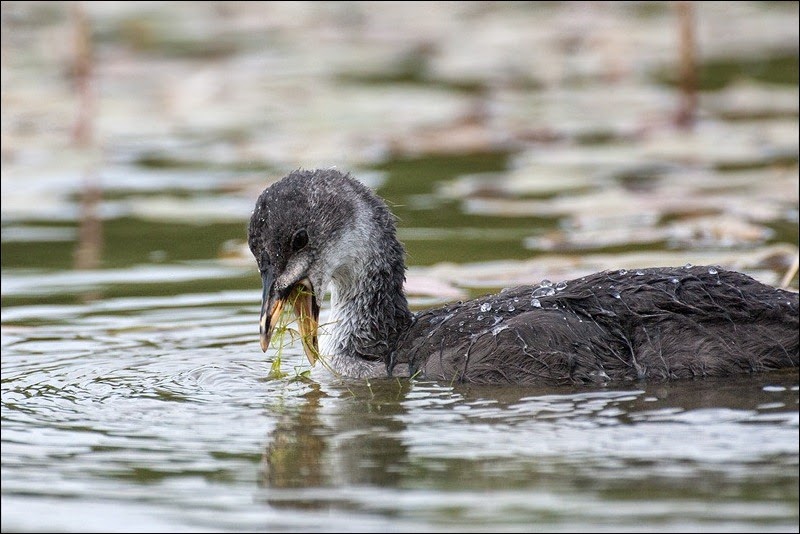 |
2009 Not sure what happened this year, but I couldn’t find any images at all for June so just a Kingfisher from the following month. This year also saw my taking the plunge into getting a ‘professional’ camera, the Canon Mk IIn. This felt so much better to use than the 30D I was using and image quality also seemed an improvement. |
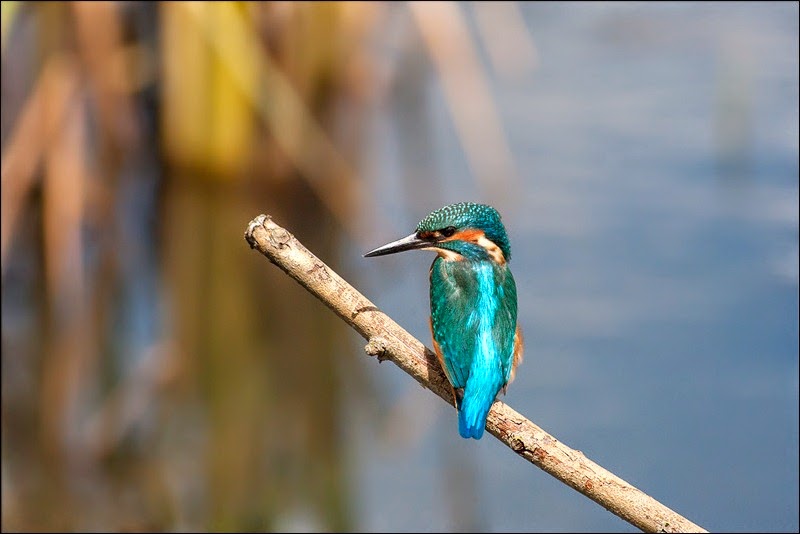 |
2008 Another slow time of year for 2008 and very few images to show for it, in fact this is the only wildlife one I could find. |
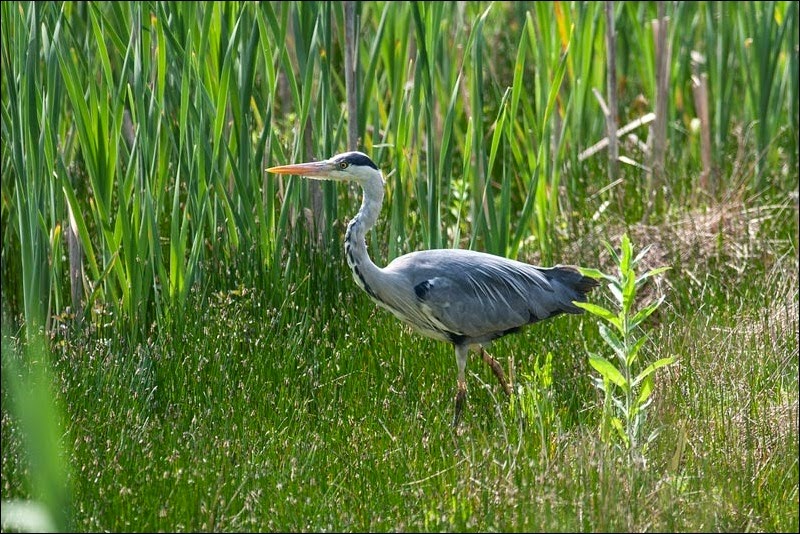 |
2007 To big steps in my photography this year. The purchase of the 30D but mostly by getting the Canon 500mm f5.6. What a difference that made both quality of images but also being able to get much closer to the wildlife, though the somewhat fierce looking Fox below was an exception in achieving that! I also replaced the kit lens with the Canon 17-40 mm lens also making a big difference to my landscapes. |
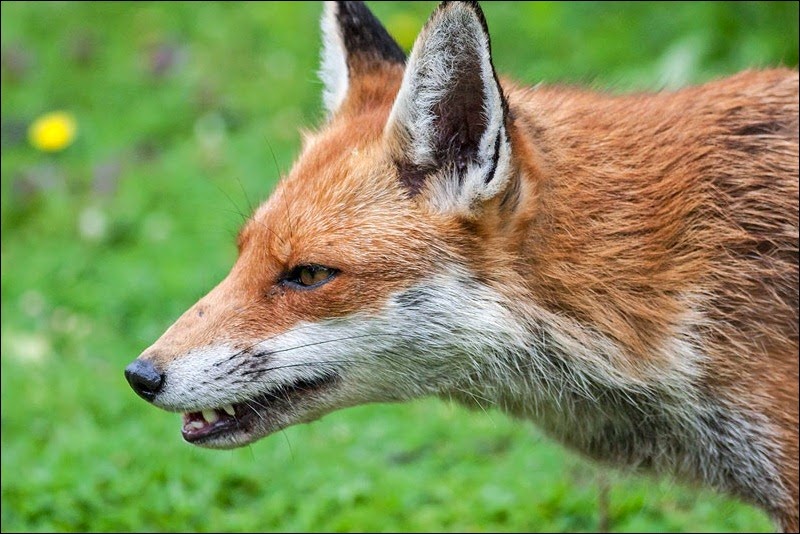 |
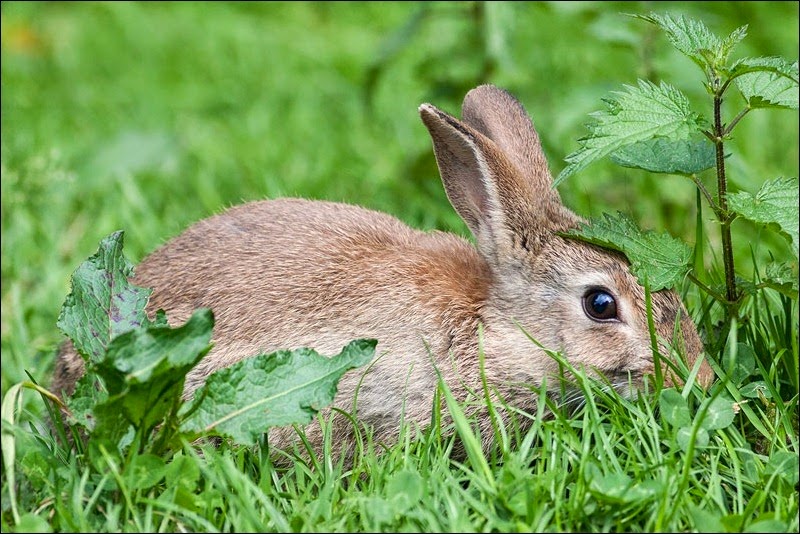 |
2006 My reintroduction into photography and in this case, digital was through a Canon 350D, a Tamron 70-300mm lens and the standard ‘kit lens’. The Tamron lens was awful – very slow and soft, the kit lens was ok but you had to use it in the right way, but I loved the 350D. It gave me a love of photography all over again. Prior to this my camera kit consisted of a couple of Olympus cameras and a statement of lenses, the longest being a 300mm mirror lens - not recommended for wildlife unless you live in a very sunny place! |
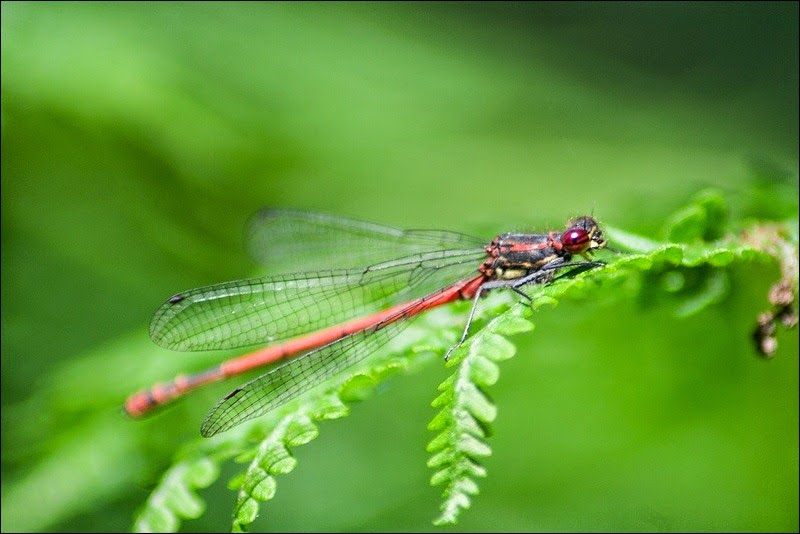 |
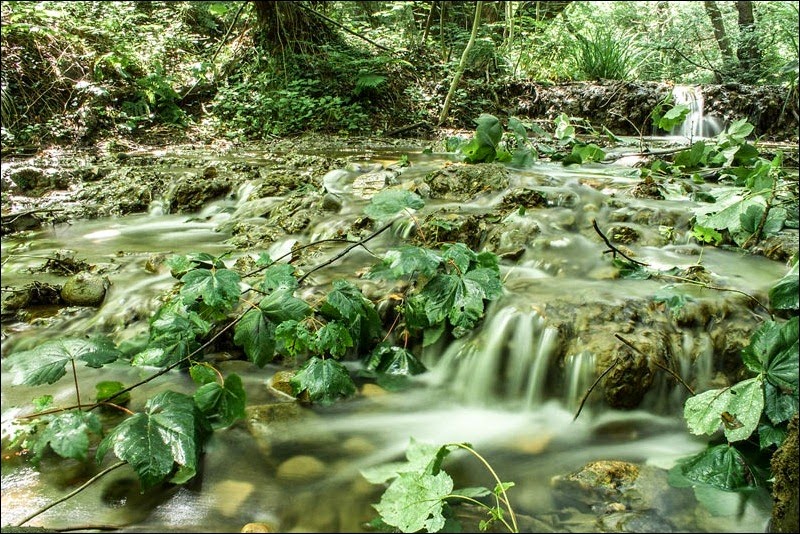 |
| I like to think during these years, my photography has improved as certainly my knowledge of wildlife and nature has. I feel my photography has had an impact too through various introductions – a professional body camera, the 400mm then 500mm lens. Also interesting to see the Damselflies differences. The one taken in 2006 using the Tamron zoom and very soft in quality and the most recently taken one using the Sigma 105mm lens, technically much better. |






